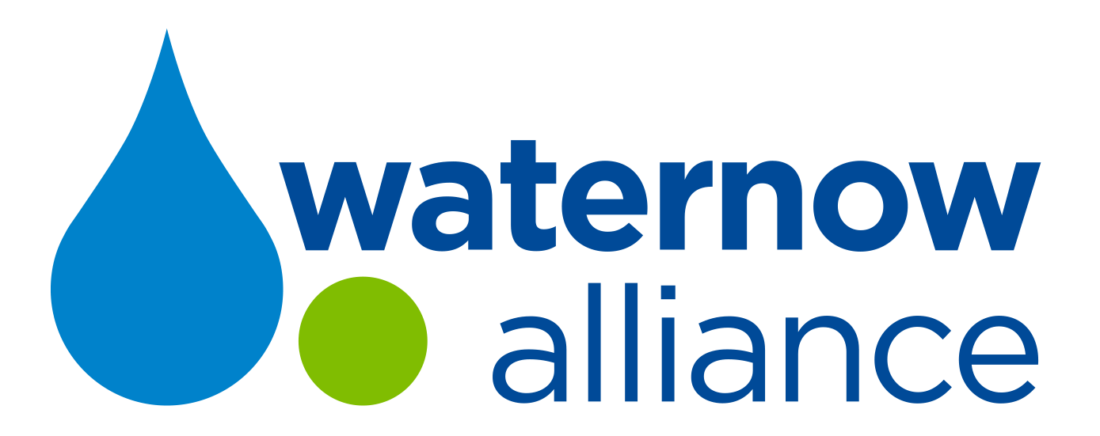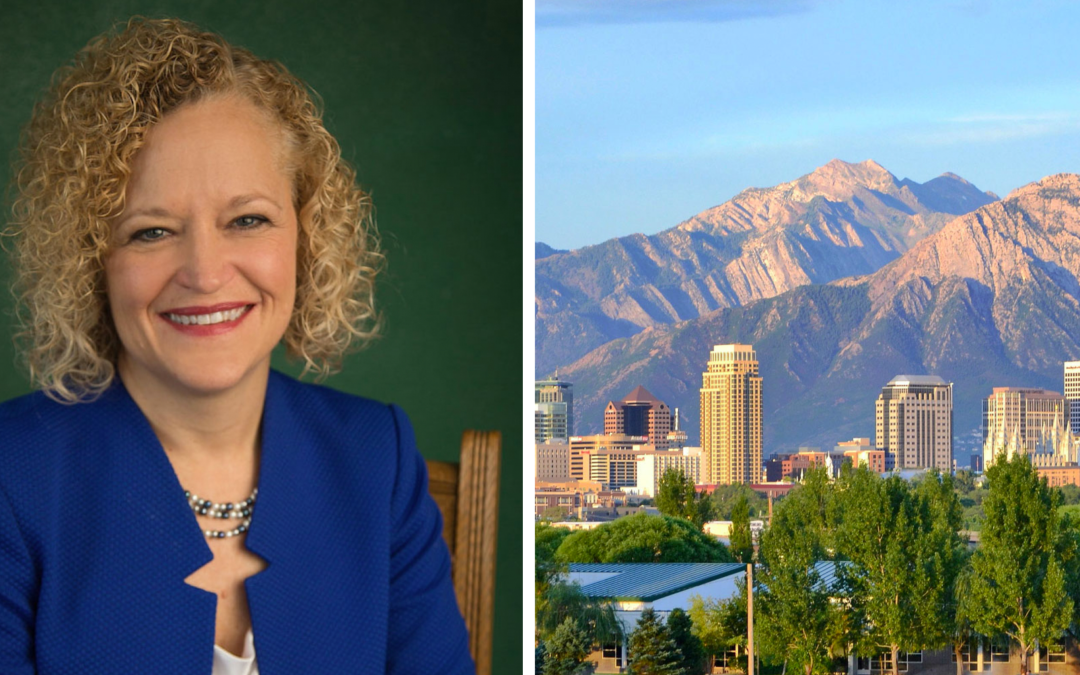Since taking office in 2015, Jackie Biskupski, the Mayor of Salt Lake City, has emerged as a state and national climate trailblazer. She joined other cities in committing to the Paris Climate Accord, led a historic pledge to power Salt Lake City entirely with clean and renewable energy by 2032, and has implemented sustainable water strategies to make Salt Lake water resilient in the face of climate change. Mayor Biskupski opened WaterNow’s 3rd Annual Summit: Accelerating Innovation in Salt Lake City last month by encouraging water leaders to take the lead in developing climate resilient cities.
I spoke with Mayor Biskupski about her leadership in promoting a climate, energy, and water resilient Salt Lake City, and inspiring other local leaders to do the same.
What are the biggest water challenges facing Salt Lake City & Utah related to the effects of climate change?
Utah is warming at twice the global rate, that’s our reality. The quality and consistency of our winter snowpack continues to decline, so we’re seeing shorter winters and less snow. And that directly impacts our ability to provide water for about a million people in the Salt Lake Valley.
What comes with that is also more severe wildfire danger. We’re already talking with people who live at the border of the city and wild lands about how to protect their homes.
And then there’s the economic side of things. Billions of dollars go into the ski industry here. Shorter seasons mean less revenue coming into the state from this commerce and there’s a significant trickle-down effect on other industries.
What do you feel Salt Lake City can be doing to adapt to and prepare for this changing climate with regard to water resources?
We’re asking people to voluntarily conserve on their water usage and to reconsider their outdoor landscaping. The city is developing campaigns and providing information about how to create a sustainable home.
We’re also looking at how we as a city can cut back on our own usage. How do we water our parks and how often? We’ll be revamping our watershed masterplan this year and taking very comprehensive steps as we plan in ways that we hope will serve us for the next couple decades.
WaterNow held a watershed session at our Annual Summit last month that focused on Salt Lake City and its partners. They did an excellent job of explaining how they’re coordinating efforts to manage the watershed and develop this plan.
Right. Coordination is key. When I first came into office, government was very siloed. Now, we have teams within city government working together and creating opportunities for external input on important issues. We’re implementing this across the board, for the first time ever we have a transit masterplan, an affordable housing plan, and a clean energy plan. This has created a path forward that enables us to control our own destiny.
At the WaterNow Summit, you mentioned that in the recent state legislative session, Salt Lake City succeeded in maintaining its extraterritorial jurisdiction over its watersheds in the Wasatch Front in the face of intense pressure from some members of the legislature. What were these legislators trying to accomplish and why is this issue important to Salt Lake City?
To explain it simply, a lot of this has to do with developers who bought old mining rights in our watershed area and now want to develop their property. When they bought the property, it was very cheap because it didn’t come with water rights, but now they’re trying to grab water rights to try to make their millions.
We continuously have to fight against additional development in the watershed every year. We were very successful this year in stopping seven different water bills. It’s a very complex discussion but at the end of the day what really bears out is that Salt Lake City is responsible for and dedicated to providing clean water to the people that already live in this Valley – and that’s what matters to a much broader base of people.
At WaterNow we’re focused on supporting local water leaders in their efforts to champion sustainable water strategies. Can you speak to your vision about the role of local government in advancing a sustainable water future, as opposed to state or federal policy makers?
I think it has to be locally controlled. At the end of the day, it’s not the federal government or the state government that has the responsibility to deliver water. It’s so important that local providers maintain control of their water systems because they know how to manage them most effectively. We absolutely have to be leading these discussions and taking real action across the country.
The term “climate change” can be polarizing and politically-charged. What can local leaders who care about building climate resilient cities do to reach across the aisle and engage colleagues, staff, state legislature, community members, and others in being part of the solution?
Locally, it’s very easy for me to just talk about what is actually happening. We don’t have to show the statistics; people are living it. This is the case around the country. In Miami, Florida, for instance, they’ve made massive infrastructure investments just to keep the city above the water. In Salt Lake, we’re dealing with these shorter ski seasons, hotter summers, and hazier mornings.
I find that we don’t even have to talk about “climate change” per se. If you talk about what’s actually happening and if you talk about the progress you’re making, then people will listen.
In 2016, you were instrumental in convincing the U.S. Conference of Mayors to adopt a resolution urging cities to fuel themselves with 100 percent clean and renewable energy by 2035. Why did you back this initiative and what is Salt Lake City doing to reach this goal?
I felt it was very important that we work diligently to get as many mayors on board with this goal in a non-partisan way. We were able to get the entire conference to back the 100% sustainable future goal with mayors of all backgrounds, of all sizes of cities, that was a big deal. We had people from across the country standing up against the current federal administration to say “as a country we will do our part for the Paris Climate Accords with or without you”.
The reality is, the work is getting done at the local level anyway. For most Mayors, it was our wake-up call to say – “we’re going to have to do this, we can’t wait for the federal government or the state government to do their part. We’re going to have to lead the way”.
In Salt Lake, we’ve partnered with our energy provider to create a path forward for clean energy going 100% renewable by 2032. We were able to set that goal in partnership with our energy provider, not in-spite of them.
Any other words of advice?
There are a couple things that people need to be thinking about. We’re talking about our planet. We’re talking about our future. We’re talking about reality today and what that means for our kids. What I want people to understand is we can affect this change; we can do this work and have an impact on climate change in a very positive way, but we don’t have a very big window of time and people have to do their part.

